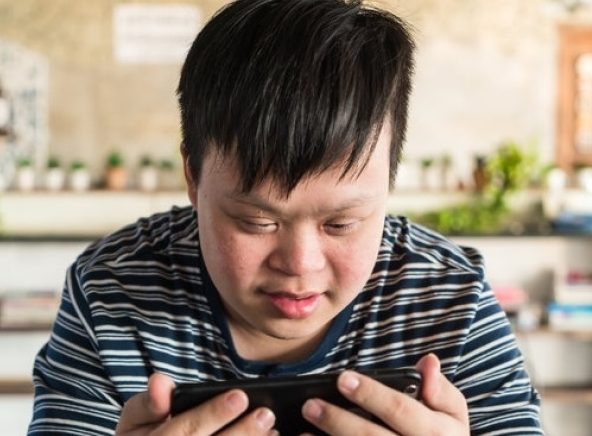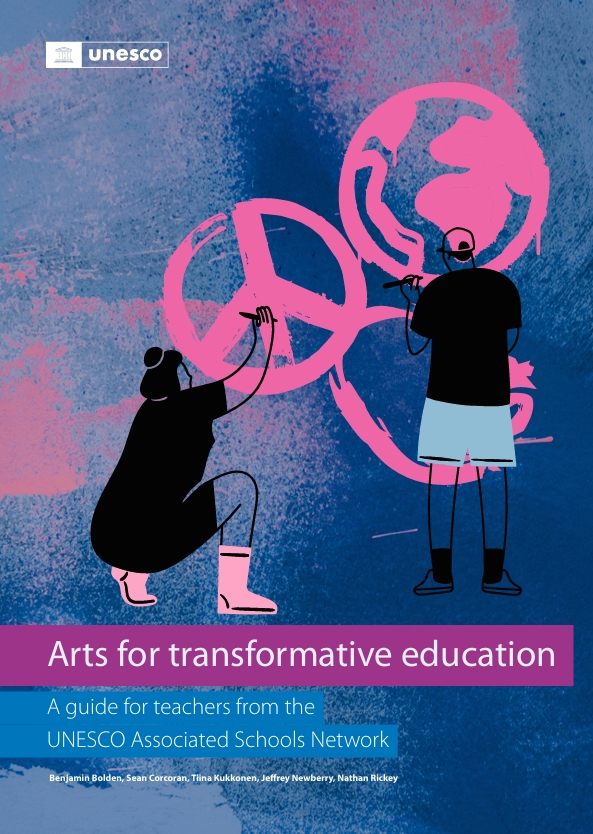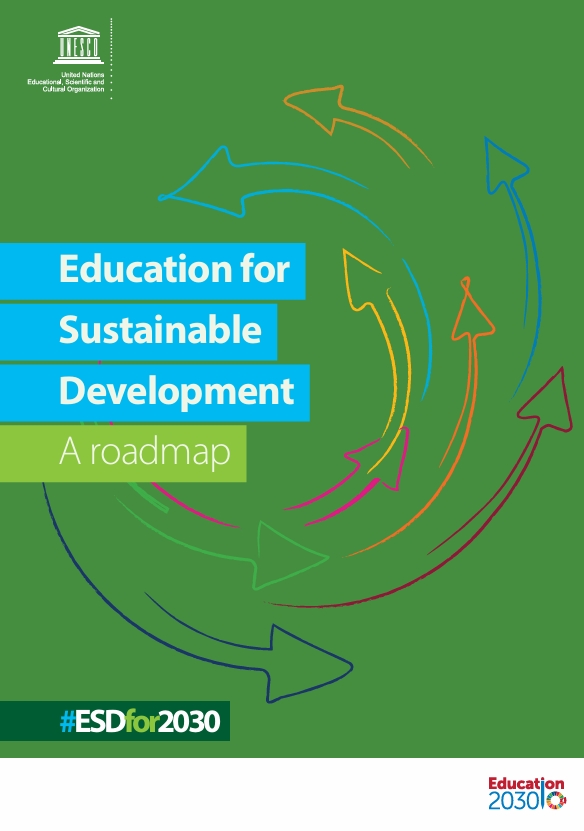Submitted by Charlotte McClain-Nhlapo  On Tue, 06/12/2018 from: The World Bank Blog
On Tue, 06/12/2018 from: The World Bank Blog
In 2015, the world committed to Sustainable Development Goal (SDG) 4 to “ensure inclusive and equitable quality education and promote lifelong learning opportunities for all.” More than an inspirational target, SDG4 is integral to the well-being of our societies and economies – to the quality of life of all individuals.
Today, 65 million primary school-age children are not in school – close to half of them are children with disabilities![]() . Even children with disabilities who do enroll are far less likely to complete school than others. Some estimates suggest that less than 5% of children with disabilities will graduate. This has led to a world where only 3% of adults with disabilities are literate – with, shockingly, only 1% of women with disabilities being literate.
. Even children with disabilities who do enroll are far less likely to complete school than others. Some estimates suggest that less than 5% of children with disabilities will graduate. This has led to a world where only 3% of adults with disabilities are literate – with, shockingly, only 1% of women with disabilities being literate.![]()
The marginalization of children with disabilities is compounded by the dominant perception of disability as a disadvantage, and assumptions that for students with disabilities, school is a medium for socialization and not learning. Denying disabled children the right to education reinforces commonly held attitudes and assumptions of their diminished capacity, thereby putting them at an even further disadvantage.
We Can Do Better
Better education plans and policies can help break the cycle of marginalization. Teachers who are trained to recognize and support children with disabilities to learn can make a difference. As can assistive aids and devices – sometimes as simple as a $2 pair of eyeglasses for a child who has trouble reading a chalkboard. Good education policies are particularly sensitive to the interconnected nature of disability, gender, conflict, and location.
In India, we focused on teachers, and developed training packages for “master trainers” who will then train teachers to support children with autism, hearing impairment, cerebral palsy, and deaf-blindness.
In Malawi and Moldova, we engaged organizations of the disabled and local communities to test innovative approaches to enroll children with disabilities, build the capacity of staff and teachers, and influence the development of inclusive education policies.
In Tunisia, a new World Bank program will test and evaluate innovative approaches for ICT in education and develop a detailed, disability-inclusive implementation strategy through consultations with students with disabilities.
A project in Vietnam has helped to train more than 50 deaf adults to become mentors to deaf children in preschool; some 200 hearing teachers became fluent in the use of sign language; and enabled more than 50 individuals find work as communication facilitators or sign-language interpreters.
In Guyana, we are addressing disability-inclusion through project consultations and participation in curriculum reform and development of clear monitoring indicators.
The World Bank has also recently launched a Trust Fund to support Disability-Inclusive Education in Africa, with funding from USAID. With fewer than 10% of children with disabilities in Africa attending school, the US$3 million Trust Fund seeks to increase access for education among children with disabilities by building knowledge and capacity across the region.![]()
These are just a few examples of World Bank’s growing number of projects and initiatives focused on promoting mainstreaming of disability-inclusive education. One of our priorities for coming years is to build a stronger knowledge base on initiatives that work, while also helping countries to design and implement inclusive education strategies.
As one of the leading organizations on the issue of disability inclusion in development, the World Bank actively participates in important gatherings such as this week’s 11th session of the Conference of States Parties to the Convention on the Rights of Persons with Disabilities (CRPD), taking place at the United Nations in New York. We also host side events, and contribute to a range of discussions relevant to disability inclusion, such as disruptive technologies, disability data, and the upcoming UN Flagship Report on Disability and Development.
Imagine a society where all children have access to education that allows them to lead value-creating and enriching lives, where all children are educated together and have come to appreciate each other’s potential, and where the life of a child with disability can be fundamentally changed with good education.
Together, this vision of education for all set out in SDG4 can become a reality, including the critical piece of disability inclusion.
Related:
- Report: Disability Inclusion and Accountability Framework
- Topic Brief: Disability Inclusion
- Subscribe to our Sustainable Communities newsletter
- Follow @WBG_Education and @WBG_Cities on Twitter






